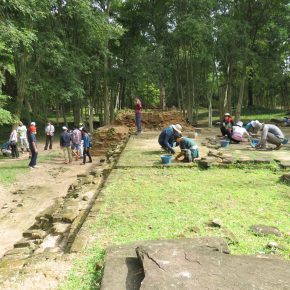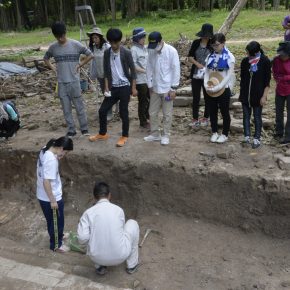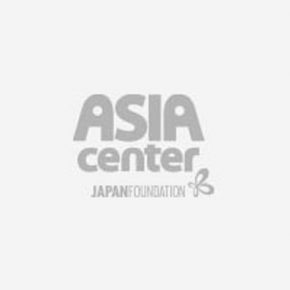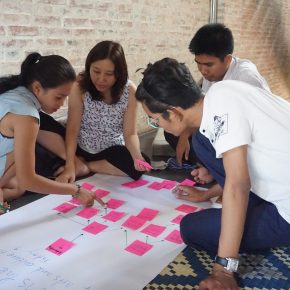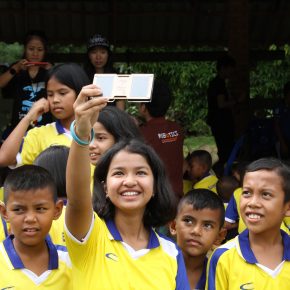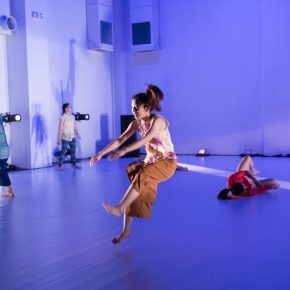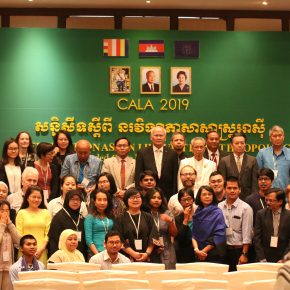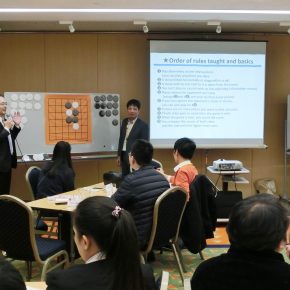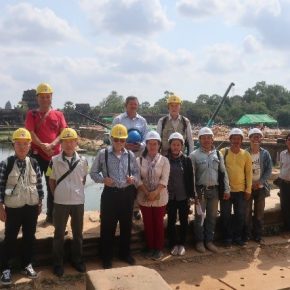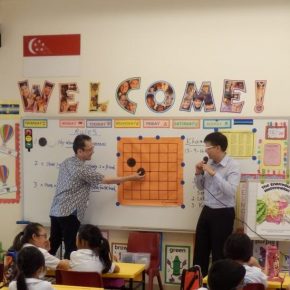A project to develop human resources of technicians and young specialists of Archeology and Architecture involved in the restoration and conservation of the Sambor Prei Kuk. 10 workers from the area underwent continuous on-the-job training where they learned restoration and preservation techniques for brick structures and stone carvings. The intent was to teach them essential techniques for future conservation efforts. Beginning with scaffolding work in April 2015, participants helped remove weak and destroyed bricks on the south and west sections of the roof, repair the bricks, and reconstruct the removed sections. They also worked with local organizations and collaborators starting with the Sambor Prei Kuk Conservation Project to systematically reinforce the area around the west gate. For young specialists, along with Cambodian university students studying archaeology and architecture, an architectural study of the ruins and training program, coupled with a two-week archaeology lecture and research course, raised the quality of learning on offer. The lecture and training program lasted two weeks in August and had nine participants. One group of architecture majors and two groups of archaeology majors conducted investigations, attended lectures, and gave presentations.
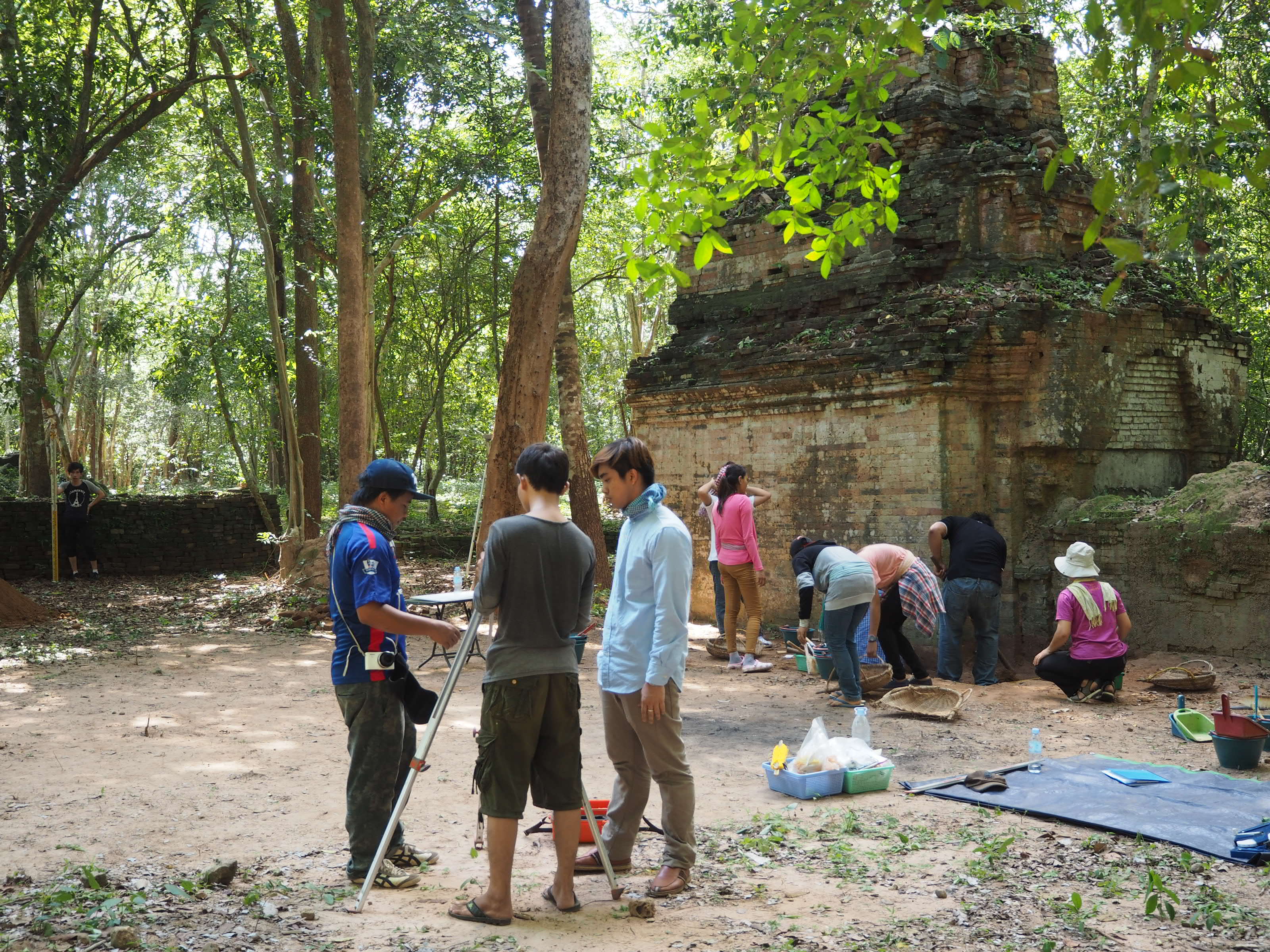
- Related Countries
- Japan, Cambodia
- Co-organizer(s), Cooperator(s)
- Sambor Prei Kuk Conservation Project
From the Organizer
The ruins of Sambor Prei Ku have long been the site of conservation efforts. By using the ruins to develop human resources from both a technical and educational standpoint, along with the accumulated conservation efforts up to this point, we were provided the opportunity to prepare a foundation for the next generation of experts to sustainably and independently continue conservation efforts in the future. Considering this ruins have extremely high importance in elucidating the whole picture of Angkor ruins, this effort can be thought of as an invaluable precedent for future restoration efforts in Cambodia, and a foundation for voluntarily continuing staged efforts to preserve, restore and utilize threatened ruins going forward. The significance of giving these students and young experts a foundation for conducting independent restoration efforts is particularly great under the circumstance that Sambor Prei Kuk’s imminent induction as a UNESCO World Heritage Site has drawn ever-greater widespread attention.
